Best Computer Science Courses for Kids
Best Computer Science Courses for Kids
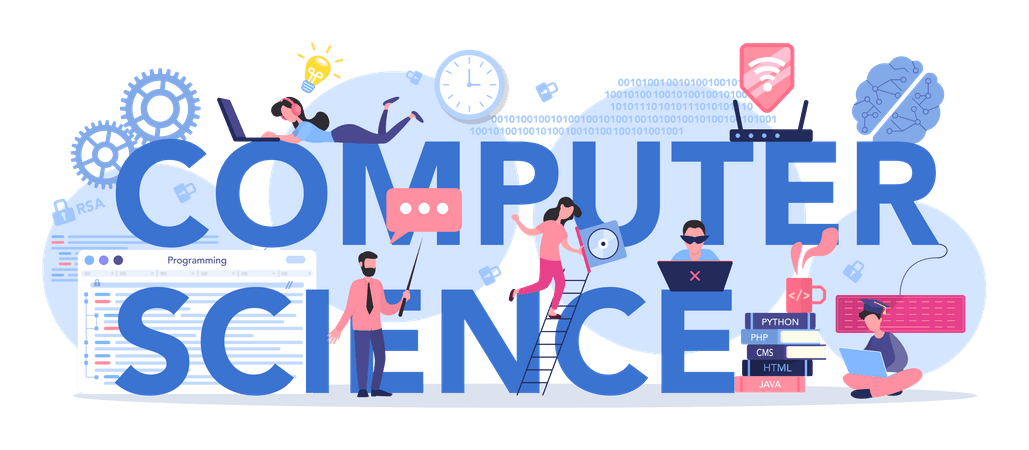
In today’s world, there is no better time to make kids aware of computers and learn computer science concepts. In the future, as technology expands into almost every part of our daily existence, knowledge becomes power. Digital literacy from a young age is beneficial in multiple ways; most of all, it helps develop children’s imagination and logical thinking through coding language.
The future job market for computer programming evolves with the need to acquire coding skills, which are common in several fields as companies require programmers. Innovative technology shows that the sector is among the most rapidly expanding industries, making coding for kids very useful. Children could acquire these skills from online computer science courses for kids, but since the courses are more flexible, the child could learn from home and, therefore, would not miss out on any important topic.
This blog will discuss some of the most enjoyable and best computer science courses for kids, emphasizing how to learn computing languages and platforms.
The Importance of Early Computer Science Education: Computer Science for Kids
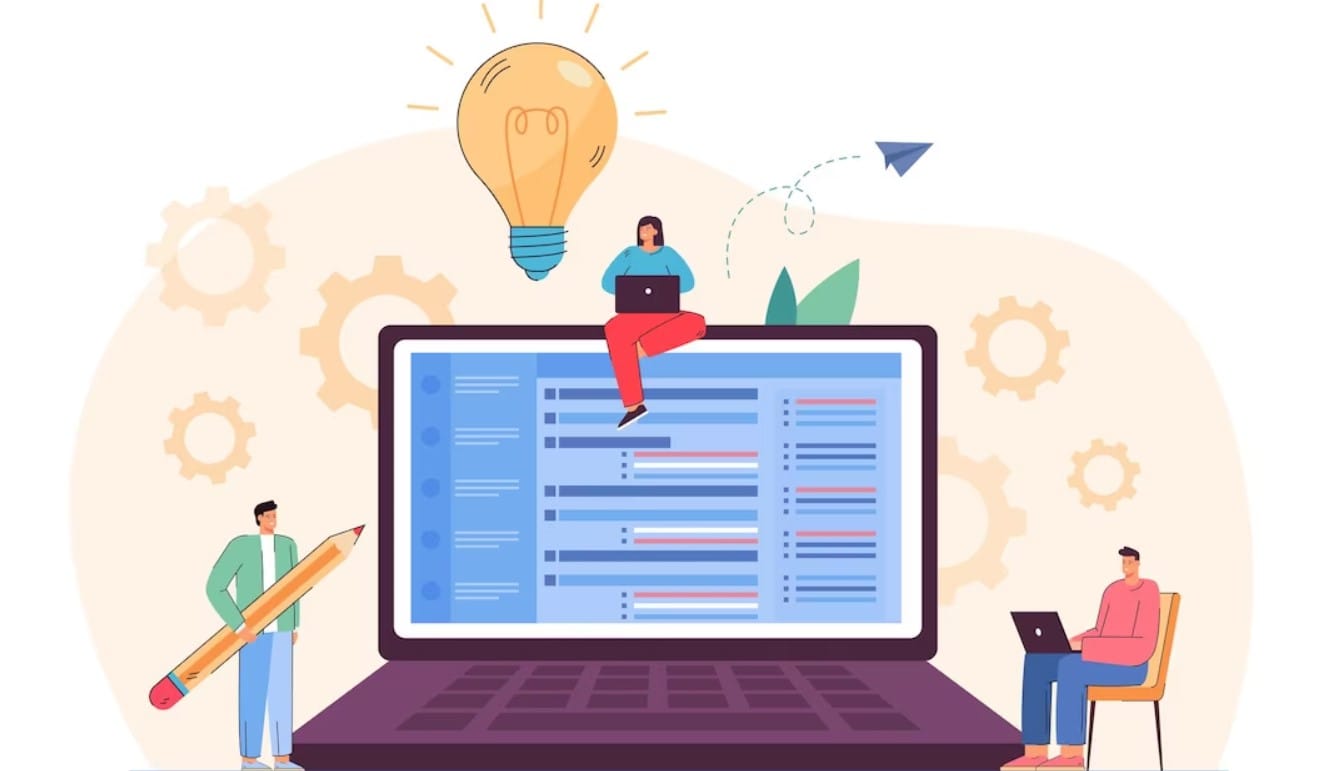
Young coders have already started building their careers as programmers by getting their first touch of programming early. For instance, Maddy Maxey, a young entrepreneur from California, did her coding at eight. She was able to form a successful startup herself by the time she was 15, which focused on fashion technology to show the extent of the importance of coding for kids. A similar story about Aidan Dwyer from Toronto, who started coding language at seven years old, can be told. He was actively involved in hackathons in his childhood and came up with an application that teaches children mathematics through games, which has been adopted in several schools in Canada.
Many of these examples demonstrate how approaching coding for kids can bring change to students. From Maddy’s experience and Aidan’s experience outlined above, it is important to note that apart from technical skills, computer science for kids fosters learning and engagement and a quick and novel solution-finding mindset. With technological advancement, proficiency in a programming language is essential. Therefore, children should be taught to program early.
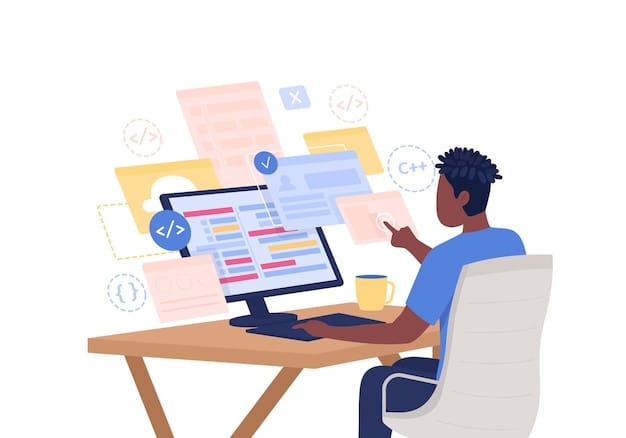
The Scratch, Python, and JavaScript coding languages that children use can help them have a great foundation and easily get a job in the future, no matter what profession they choose. Since internet-based education is flexible and easily available, parents have never had a better opportunity to let their children experience computer science.
Now, let’s consider the options for coding languages in more detail, discussing their strengths, use cases, and materials that might be most helpful. For those interested in computer science for kids, we’ll explain why selecting the right language matters for children and how it will help them develop practical problem-solving skills and creativity. We'll also suggest the most suitable platforms that can be used to start learning to code effectively.
Javascript

In computer science and related technologies, JavaScript is an easy-to-learn, flexible, general-purpose programming language widely used in web design and game development. It is quite simple and, therefore, ideal for early coding students just beginning their training. JavaScript is one of the main technologies of the World Wide Web; therefore, it helps to implement interactive and dynamic content on sites, thus offering children a relevant context for learning.
Why Kids Should Learn Javascript
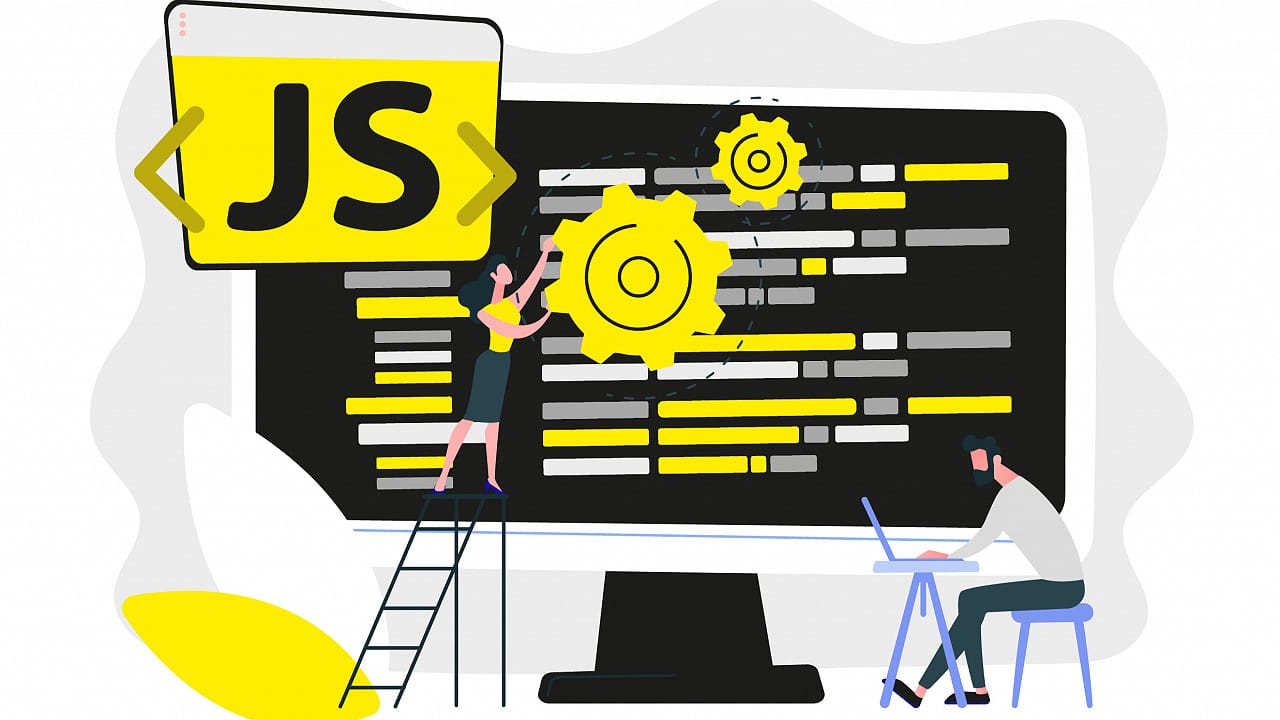
Learning JavaScript familiarizes children with basic programming principles, such as variables, loops, events, etc. These concepts allow children to develop web design-based projects involving creating, building, experimenting, etc. For example, they can create quizzes or even animation for fun or try to find practical applications of such coding.
Learning JavaScript introduces children to variables, loops, events, and other elementary concepts of programming languages to avoid creating applications with impressionistic graphical interfaces. It ensures kids learn about these concepts, allowing them to develop interesting, complete web-based projects that foster imagination and exploration. For instance, they can formulate fun quizzes that teach users several topics, enabling them to code while reviewing what they learned.
Also, children can create animations, and their plans can be easily produced into moving pictures. They can be game developers and design easy games like characters reacting to input, or they might design story-based applications that take different paths based on user input. These projects are enjoyable and help give real-world contexts to the concepts the kids have learned.
Through practice exercises such as designing a website, children get insight into real-life programming uses in games, teaching aids, etc. In general, such projects help develop an increased appreciation of JavaScript and a feeling of accomplishment and creativity among the young.
Best Resources for Learning Javascript

The following platforms are especially dedicated to younger audiences who are willing to learn JavaScript:
Codecademy: It also provides a basic course for children, with the first lessons in JavaScript.
Khan Academy: Provides interactive instructional and project-based Java programming tutorials and assignments.
Tynker: Tynker aims to teach children to learn Javascript by using campaigns and writing cool projects through games and other fun activities. It combines the power of the practical aspects of Javascript instruction.
CodeYoung: To help children learn JavaScript with enjoyment, CodeYoung provides various lessons and project assignments. Under these conditions, students can develop real applications and practice coding fundamentals when enrolled in such classes. Also, the fact that the whole process is created in an exciting game-like setting makes children want more programming!
Python
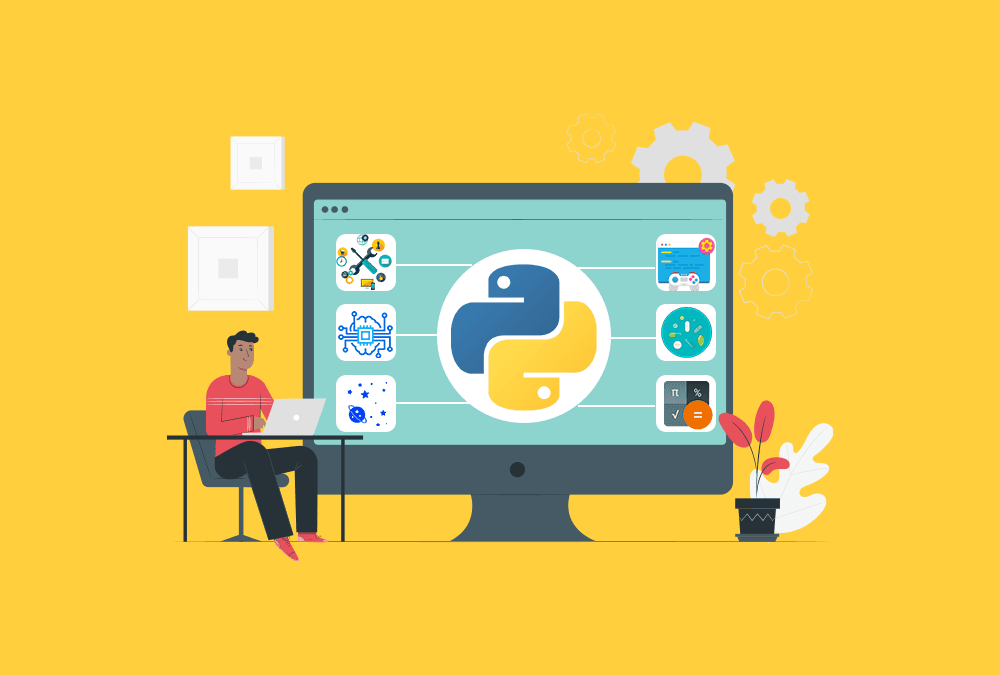
Therefore, Python is considered one of the easiest coding languages for first-timers. Its grammar is probably limited to ensure kids do not struggle to learn the language rules while learning to code. Python is used in web development, data sciences, artificial intelligence, and many other areas.
Benefits of Learning Python for Kids
Python, the great coding tool, helps children by first introducing them to basic concepts such as data types and conditionals. Kids can also apply what they learn in online Python classes to activities like coding games, data analysis, or even creating basic artificial intelligence. This ensures that learning is fun while mastering the skills as they complete their projects.
Python, the great coding tool, helps children by first introducing them to basic concepts such as data types and conditionals. Kids can also apply what they learn in online Python classes to activities like coding games, data analysis, or even creating basic artificial intelligence. This ensures that learning is fun while mastering the skills as they complete their projects.
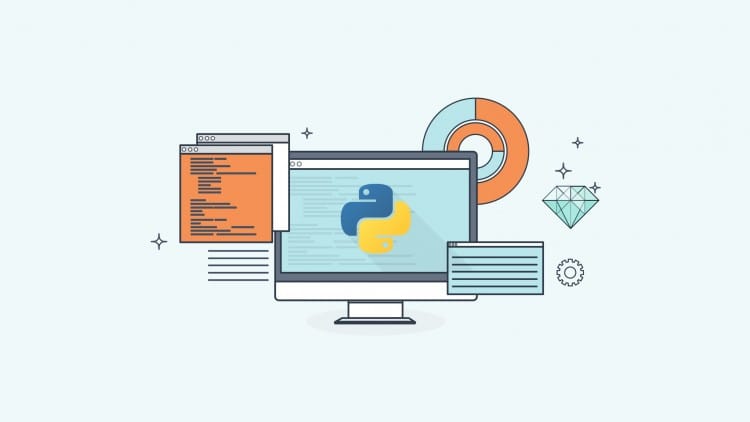
Therefore, Python classes are recommended for first-timers as one of the simplest languages for them to master. Little language usage and the absence of countless grammar rules prevent kids or middle school students from losing sight of the programming while working with Scratch. Due to such accessibility, beginners, especially students, can start learning and practicing on the tool without undue stress. Python is used in web development, data analytics, artificial intelligence, and so on, and thus offers a sturdy and superior canvas for future learning.
Children can learn existing projects that are realistic, which will keep them more involved in class work while at the same time showing the practical use of Python. For example, they can build a basic web application for tracking their favorite books; this way, candidates will begin to use data structures and work with inputs. Another idea could be such a project as creating a simple game based on the choice of the project, for instance, Tic-Tac-Toe, or something where they learn about the algorithms of such a game and its logic by studying the material entertainingly and engagingly.
Popular Python Courses for Kids

Here are some highly-rated Python courses explicitly designed for children:
CodeCombat: A gamified platform that involves creating Python code that determines the actions and movements of characters with programmed actions in the game interface.
Python for Kids by Jason R. Briggs: A book that presents topics categorized in easy-to-learn lessons for young people interested in learning Python.
EdX: Has a basic Python course aimed at children with classes starting early.
Scratch
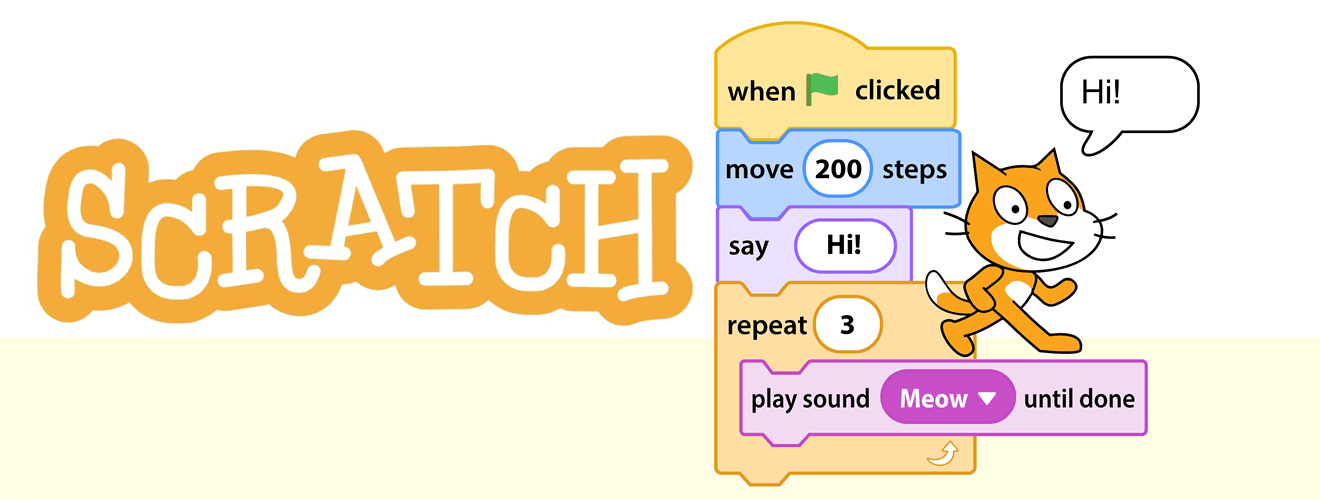
Scratch is an open-source block-based coding program designed by the Massachusetts Institute of Technology that enables children to design interactive stories, games, and animations. Its block base helps young kids code and can be used to introduce coding to children. Children can learn programming logic without having to type, which may seem complicated to them, without using special text software.
All the games in Scratch enlighten children and help them focus their ideas through exciting activities. This programming language enables kids to express thinking through developing lobbies, games, and animations. When doing these projects, they can exercise their logical and critical thinking skills since they have to put together orders correctly and solve problems that occur. This problem-solving aspect seems to develop necessary higher orders of computational thinking and analytical skills in children.
How Scratch Benefits Young Learners
Scratch encourages ideas since children can relay their thinking through these projects. It also challenges the kids to reason by ordering instructions and solving the problems they create. They can showcase their work to the community and interact with others making more value and a rich learning experience.

Furthermore, Scratch - Block-based coding for kids offers a colorful environment where young people can display their animations and receive opinions from other children. In this way, they build their confidence in their skills, communicate with other young creatives, and share and get inspired. This environment extends learning, as children can learn from one another, solve community problems, and sample from each other’s work to learn about new ideas.
For example, one simple game that a child might design is a game where the player has to get through a maze; while creating this game, the child has to learn about event handling and user input. Or, they could create an animated story where characters speak, and their story is accompanied by sound, which helps strengthen the narrative and the application of the coding logic.
Apart from that, Scratch offers kids opportunities to become members of an online community, which consists of game design contests related to programming with Scratch; this enhances the whole coding process. These forms of learning are playful and create a love for learning carried beyond the programming classroom into the world.
Popular Scratch Programs for Kids
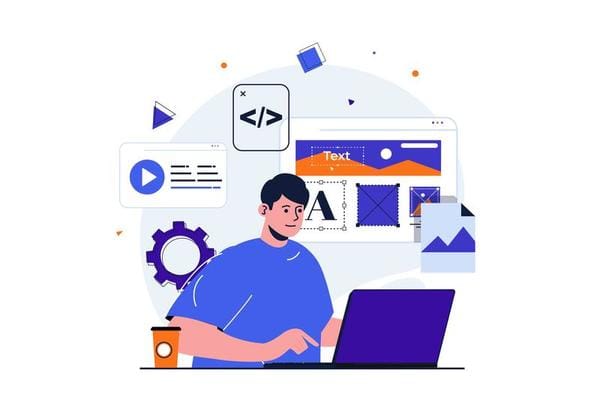
Here are some excellent resources for learning Scratch:
Scratch's Official Website: Provides tutorials and a home for users to share their projects and engage in a friendly community.
Code.org: Offers courses that present Scratch programming as interesting games and exciting assignments.
Youth Digital: Offers general studies on Scratch, emphasizing game design and animation creation.
Web Development

Web development involves constructing and managing websites, which requires the combination of various programming languages, such as HTML, CSS, and JavaScript, among others. Familiarity with such languages enables children to appreciate the formation of the site and the nature of its operation. This knowledge is essential in contemporary society and is regarded as considerably technological.
Why Kids Should Learn Web Development
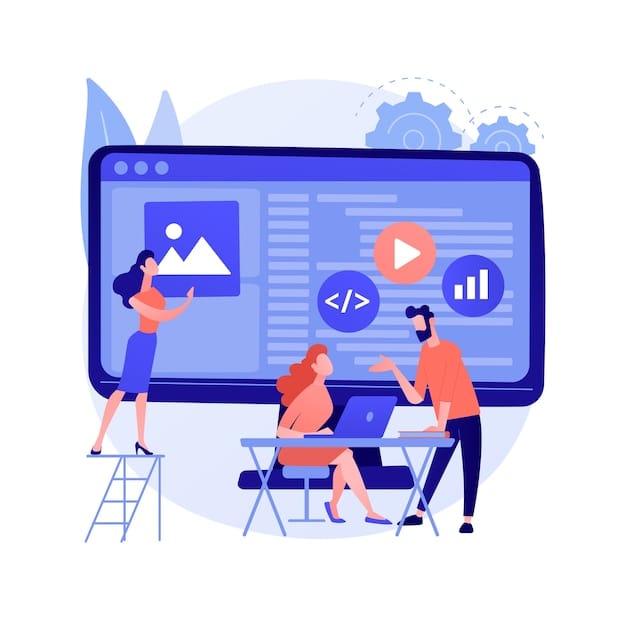
In web development, the kids can develop their websites through learning, enabling creativity and problem-solving. By creating their web pages, the students can apply what they know about coding further while obtaining tangible work they can show their friends and families.
In web development, children can design their websites. This column encourages creativity as well as promotes problem-solving skills. By mastering web development, children gather all the tools required to implement their visions in the digital field. When creating and developing their homepage, the students actively use programming knowledge, as it is necessary to remember their previous lessons and examples of coding.
This way, students can arrange the elements, choose the colors, and decide on the interactive components while considering how a user would approach the interface. Besides, most of them have concrete items to present, whether an individual blog, portfolio, or project site—it helps them feel accomplished and confident.
For this reason, they can display their creations to friends and family to discuss their learning process. This rewards their efforts and helps demonstrate practical coding professions, enhancing the learning experience to be as fun and educational as possible.
Best Web Development Courses for Kids
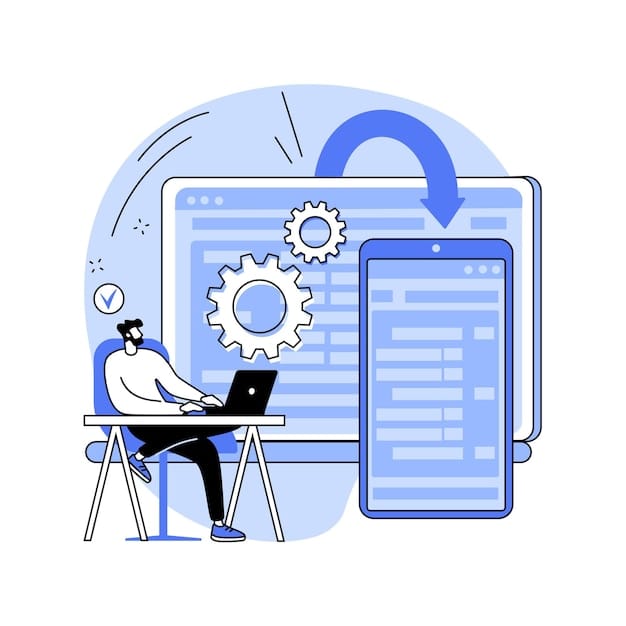
Here are some resources that offer web development courses tailored for kids:
Udemy: Offers a variety of courses focused on HTML, CSS, and JavaScript for beginners.
FreeCodeCamp: Provides a comprehensive curriculum with web development basics suitable for older kids.
W3Schools: An excellent resource for self-learners, featuring tutorials and examples for HTML and CSS.
HTML & CSS
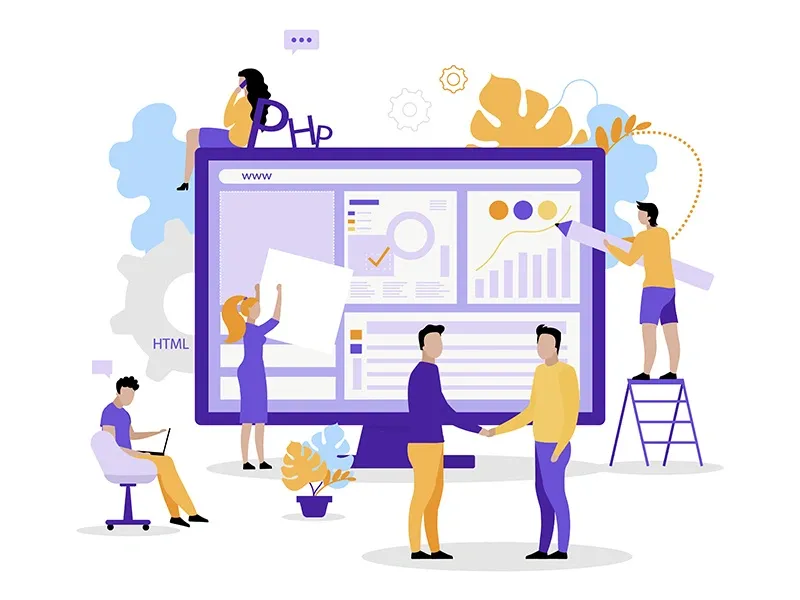
HTML (HyperText Markup Language) and CSS (Cascading Style Sheets) are the most fundamental tools used in web development. Specifically, HTML forms the framework for a general web page, while CSS is used to find the style and layout. While one offers a blank slate for students to design what they want, both let kids develop attractive starting sites, making them good tools for children interested in becoming web designers.
Benefits of Learning HTML & CSS for Kids
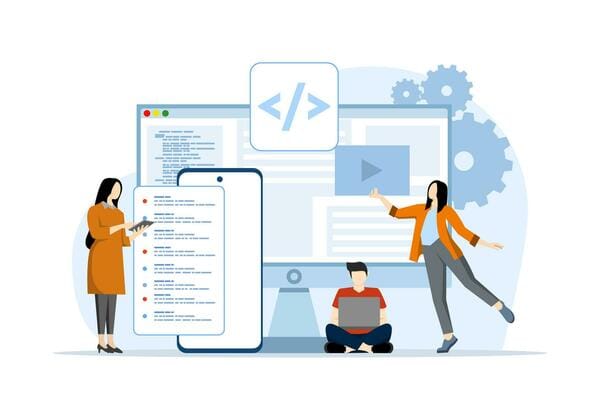
Advantages Derived From Learning HTML & CSS for Kids HTML and CSS knowledge allows kids to be creative while developing their website’s layout and structure. It also improves their problem-solving ability because they work on layout problems and determine how the layout affects the user. Moreover, these languages foster good reasoning as children must think of how they would structure the material.
HTML and CSS have demonstrable benefits for children: they retain freedom and develop their ideas for the website layout and structure. These basic coding languages enable children to be creative when designing their pages, making them look as artistic as possible. While designing, children experience different layout problems; this greatly improves their thinking skills. They can also solve problems as they apply to alignment, spacing, and other aesthetic considerations and how these affect the user.
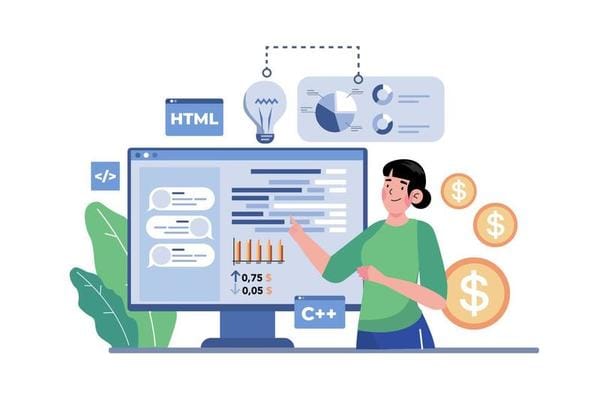
Furthermore, a group found that HTML and CSS help to make certain specific cognitive demands to children and, therefore, are useful for developing logical thinking skills as the children have to think about how they can organize the content of their page. This involves categorizing information so that they can understand the best approach to presenting their ideas. In so doing, they get acquainted with usability and accessibility, which are very important in web development. All in all, the ability to learn HTML and CSS enriches technical competence and contributes to the development of creative and critical thinkers who can be useful in many aspects of life.
Popular HTML & CSS Courses for Kids
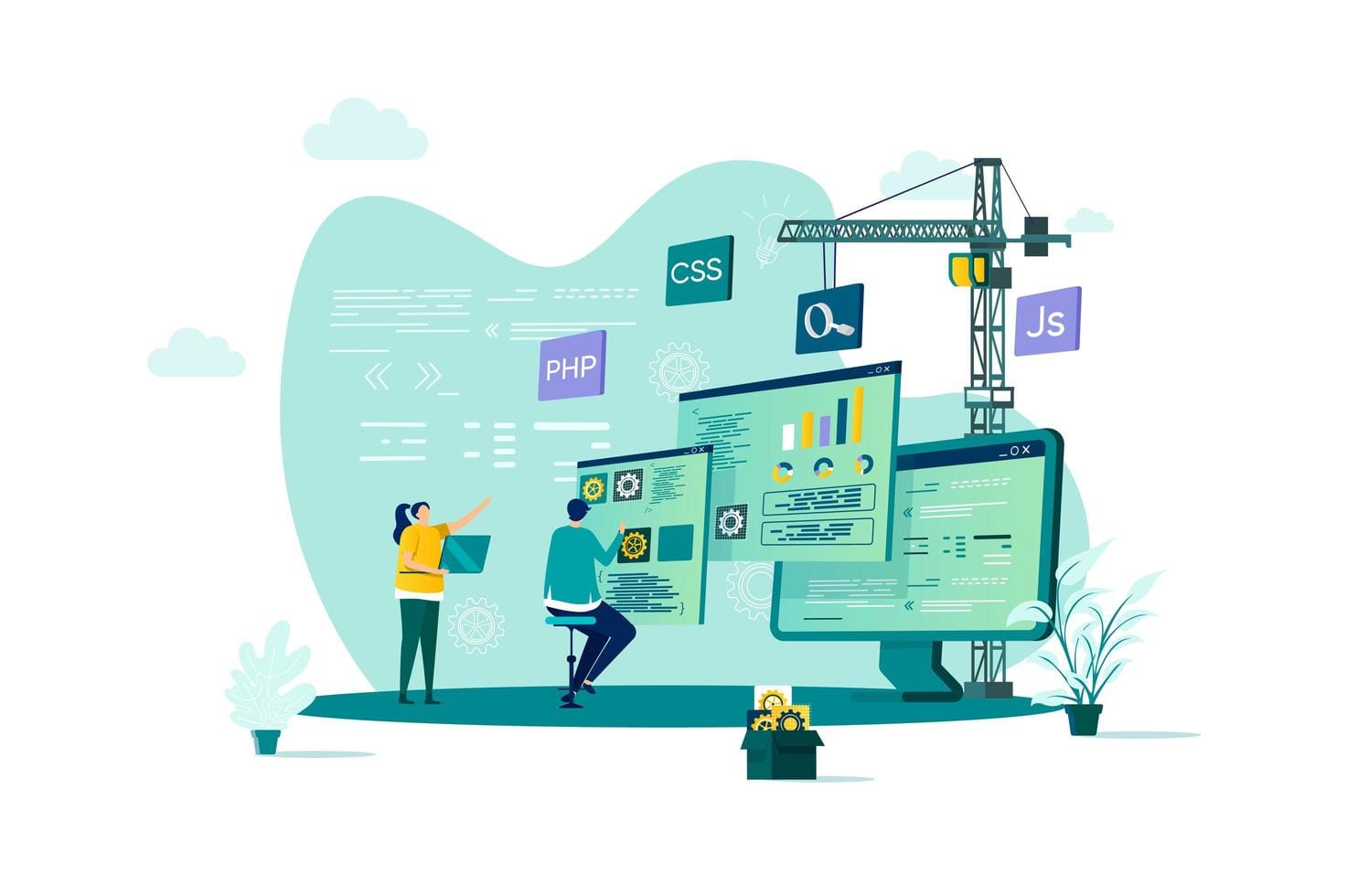
Here are a few top-rated HTML and CSS courses for kids:
Khan Academy: Post practical lessons mainly for designing the web using HTML and CSS with exciting exercises.
Codecademy: This offers a simple course on HTML and CSS basics, and it has a great layout for users.
W3Schools: Uses extensive lectures and demonstrations where kids can learn in their own comfort while still following the lesson.
Computer Science Courses for Kids - FAQs
What is the best online computer science class for kids to start learning to code?

In this respect, newcomers are encouraged to use Scratch, Python, or JavaScript. Such courses are exciting and suit the child’s age, playfully teaching coding.
What should parents look for in computer science for kids classes?
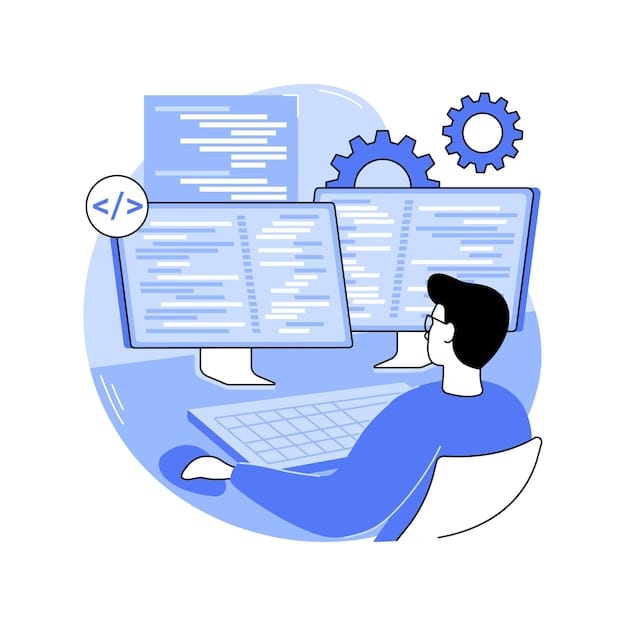
While choosing a course, parents should consider course content, focusing on the child's age, delivery formats, the instructor's expertise, related projects, and the course's capability to address different learning styles. They also pointed to support and other resource availability as an area that can improve employability and the learning experience.
How do computer science for kids courses help children develop problem-solving skills?

Coding requires children to use a lot of logic as they learn how to solve problems by assorting them into parts. It also encourages creativity since children develop creative solutions and learn how to code around problems.
What are the benefits of enrolling kids in computer science classes at an early age?
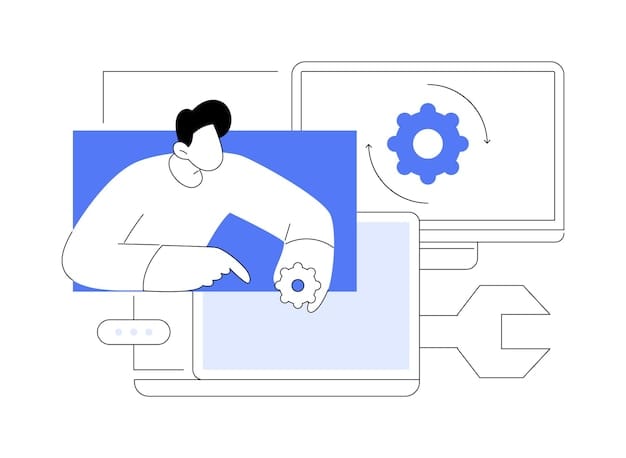
Children who use computers during their early school years can understand ICT (Information and Technology) terms, innovation, ease of use, and hard work when engaging in technological fields in the future.
What are the most popular programming languages taught in computer science courses for kids?

The most popular coding languages include Python, JavaScript, and Scratch. Block coding and web development languages, including HTML and CSS, have also gained popularity.
Conclusion
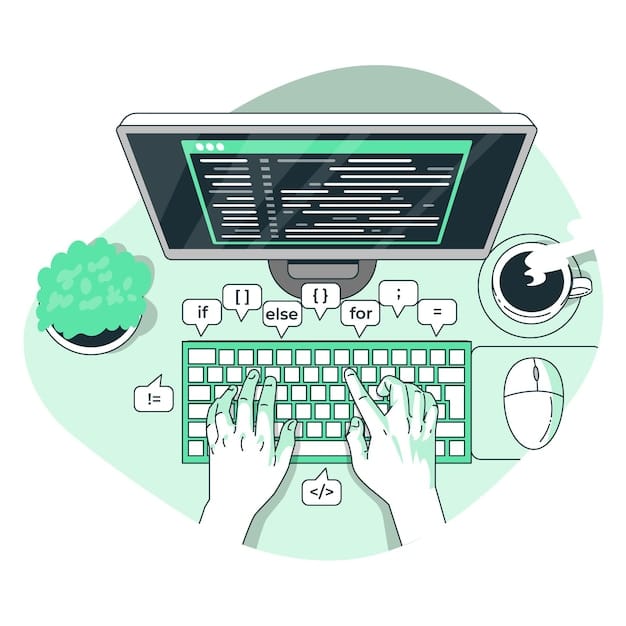
The earlier children are exposed to computer science knowledge, the better for them in the future. In an era where technology is advancing at an unprecedented rate, it’s crucial to teach coding because there is a ready market for technology and to inculcate the fundamental skills of problem-solving and thinking. l
Coding using Scratch, Python, and JavaScript enables children or middle school students to implement their concepts in projects and feel proud of the work they have developed. These skills will benefit them in learning advanced coding concepts like object-oriented programming, future employment, and even daily experiences in how they carry themselves and solve problems.
Hence, the versatility of today’s computer science knowledge and courses makes it possible for children to learn online due to the available course selection. Hence, parents can select programs that would wish for their child, interest, and learning abilities they possess so that they may be accorded the right education they deserve. Through these computer science concepts and courses, families can turn learning into a fun, creative, and engaging process that creates a solid base for STEM education in the future.
Comments
Your comment has been submitted successfully!